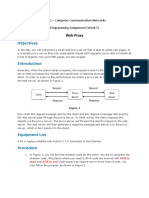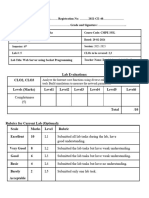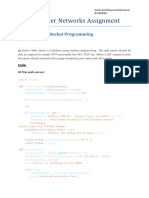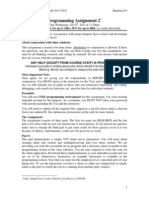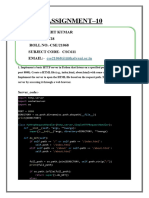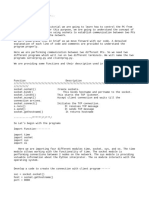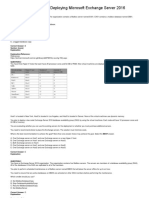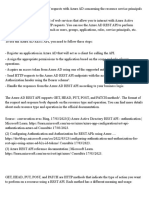0% found this document useful (0 votes)
20 views5 pagesEE502 W3 Programming
The document outlines a programming assignment for EE502 focused on creating a basic web server using socket programming in Python. Students will learn to handle HTTP requests, send responses, and manage file retrieval, including error handling for missing files. A report summarizing the lab experience, challenges faced, and potential improvements is also required to be submitted along with screenshots of the working program.
Uploaded by
shwetasah2002Copyright
© © All Rights Reserved
We take content rights seriously. If you suspect this is your content, claim it here.
Available Formats
Download as DOCX, PDF, TXT or read online on Scribd
0% found this document useful (0 votes)
20 views5 pagesEE502 W3 Programming
The document outlines a programming assignment for EE502 focused on creating a basic web server using socket programming in Python. Students will learn to handle HTTP requests, send responses, and manage file retrieval, including error handling for missing files. A report summarizing the lab experience, challenges faced, and potential improvements is also required to be submitted along with screenshots of the working program.
Uploaded by
shwetasah2002Copyright
© © All Rights Reserved
We take content rights seriously. If you suspect this is your content, claim it here.
Available Formats
Download as DOCX, PDF, TXT or read online on Scribd
/ 5






